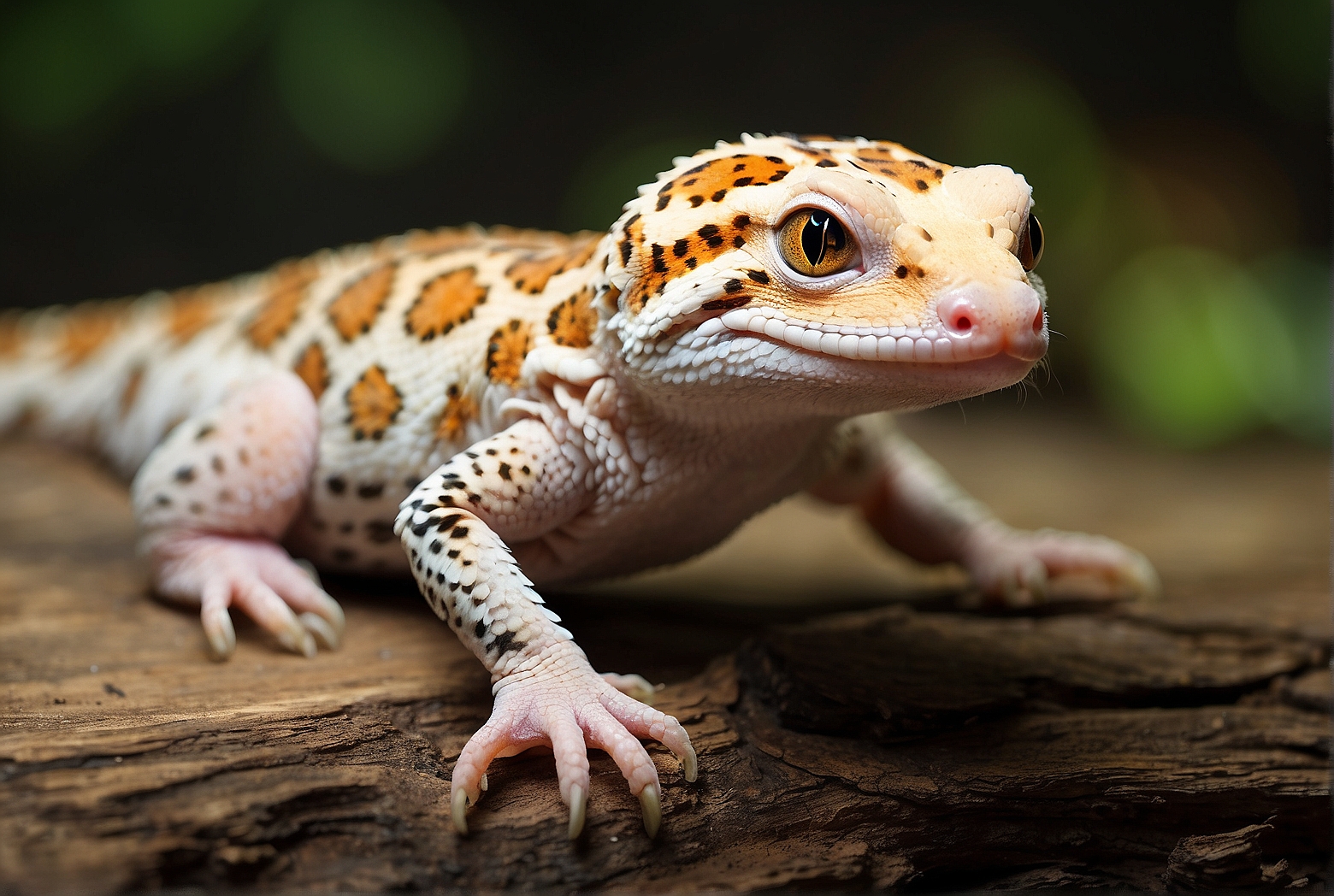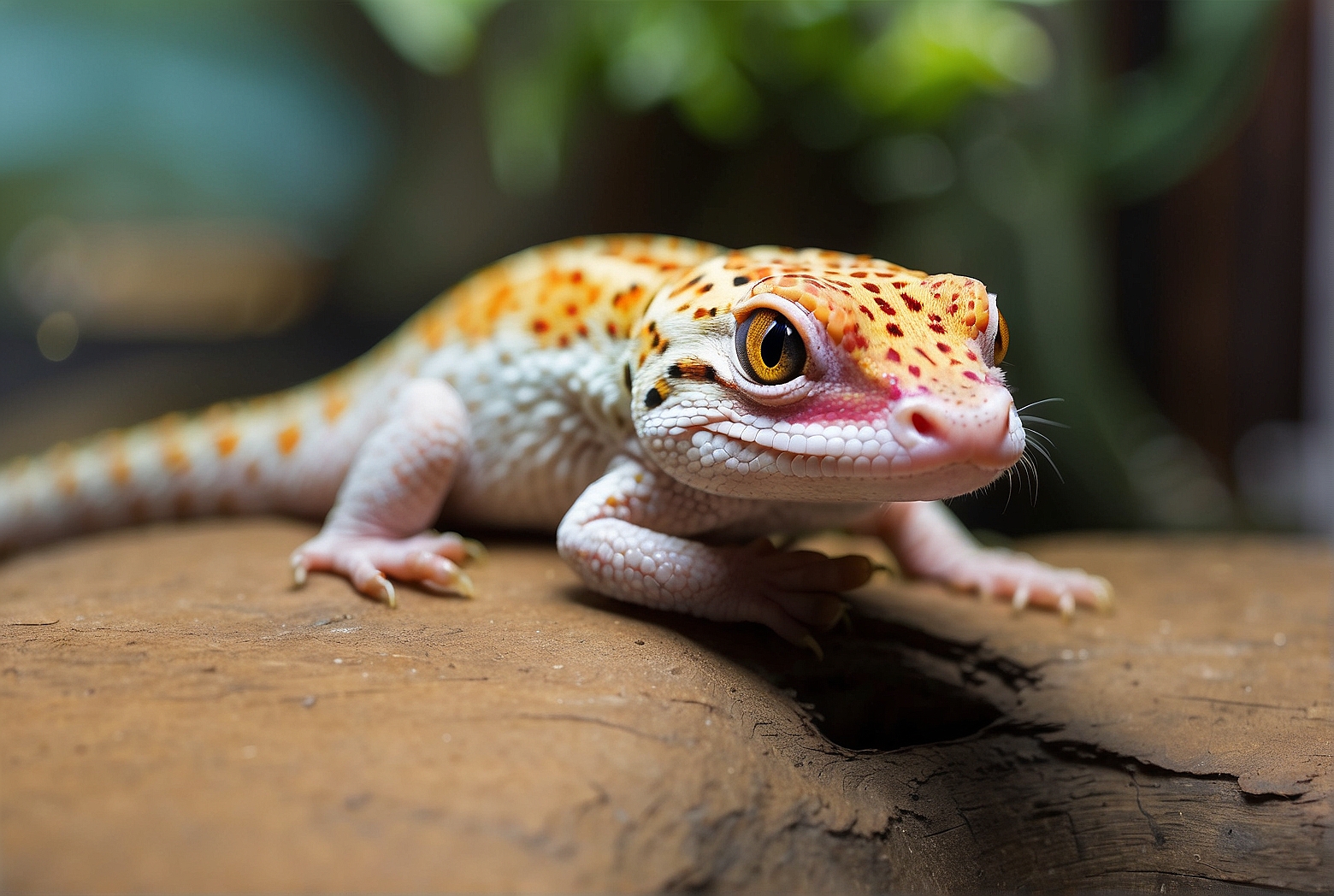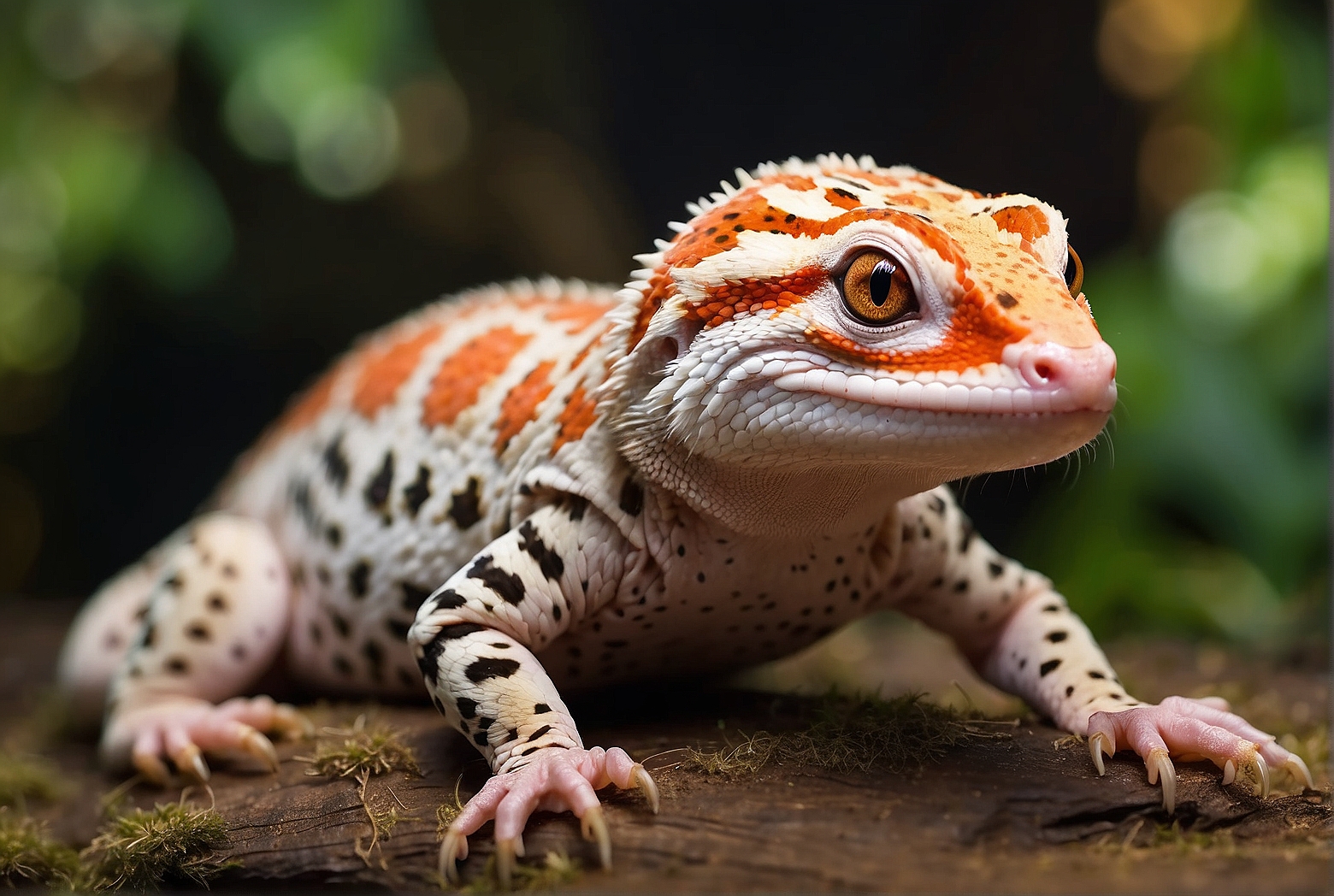Have you ever wondered if a leopard gecko is high maintenance? Well, let’s put your curiosity at ease. In this article, we’ll explore the level of care and attention these charming reptiles require. From their habits and lifestyle to their dietary needs and habitat setup, we’ll uncover the truth about whether owning a leopard gecko is a demanding endeavor or not. So, sit back, relax, and prepare to discover the wonderful world of leopard geckos!
Leopard Gecko: An Overview
Introduction to leopard geckos
Leopard geckos, scientifically known as Eublepharis macularius, are small reptiles native to the arid regions of Pakistan, Iran, and Afghanistan. They belong to the family Eublepharidae and are one of the most popular reptile pets due to their curious nature, striking appearance, and relatively low maintenance requirements. Leopard geckos are known for their beautiful spotted patterns, ranging from yellow and orange to shades of brown and black. With their docile temperament and unique characteristics, these fascinating creatures make excellent companions for reptile enthusiasts of all ages.
Key characteristics of leopard geckos
Leopard geckos possess several noteworthy characteristics that set them apart from other reptiles. One of their most distinctive features is their eyelids, unlike many other geckos, which lack movable eyelids. Additionally, they have adhesive toe pads that allow them to climb and explore their surroundings with ease. Leopard geckos are also known for their ability to store fat in their tail, which they rely on during periods of food scarcity. This unique adaptation makes them well-suited for survival in their natural habitat.
Natural habitat of leopard geckos
In the wild, leopard geckos can be found inhabiting rocky and arid regions, such as deserts, grasslands, and dry scrublands. They are primarily ground-dwelling creatures, spending most of their time near rocky outcrops where they can find shelter and security. These geckos are nocturnal by nature, preferring to hide during the day and emerging to hunt for prey at night. The arid environment of their natural habitat influences several aspects of their maintenance requirements in captivity.
Popular as pets
Leopard geckos have become increasingly popular as pets due to their captivating appearance and relatively easy care needs. They are known for their docile demeanor and can often be handled with care. Moreover, they do not require as much space as larger reptiles, making them an ideal choice for individuals or families with limited living arrangements. The fact that leopard geckos do not have strict heating or lighting requirements further adds to their appeal as pets. It is crucial, however, to understand and meet their specific maintenance requirements to ensure their well-being and longevity.
Maintenance Requirements
Housing
Providing a suitable enclosure is of utmost importance in maintaining the health and well-being of a leopard gecko. A glass terrarium or vivarium with a secure lid is recommended to prevent any escape attempts. The enclosure should be spacious enough for the gecko to move about comfortably and exhibit its natural behaviors. It is essential to consider the size, as well as the design, of the housing to accommodate the gecko’s needs for rest, exploration, and thermoregulation.

Terrarium setup
Creating an appropriate terrarium setup is crucial for the overall comfort and welfare of a leopard gecko. The enclosure should mimic their natural habitat by incorporating various features such as rocks, branches, and hiding spots. These elements serve multiple purposes, allowing the gecko to climb, hide, and thermoregulate effectively. The arrangement should be balanced, providing ample space for movement while also ensuring the gecko feels secure and safe within its environment.
Temperature and lighting
Maintaining optimal temperature and lighting conditions is vital for a leopard gecko’s overall health and well-being. These reptiles require a temperature gradient within their enclosure to regulate their body temperature effectively. The temperature should range from approximately 88°F (31°C) at the warm end to around 78°F (25°C) at the cool end of the terrarium. Various heating equipment, such as heat mats, ceramic heat emitters, or overhead spotlights, can be utilized to achieve and maintain the desired temperatures.
Humidity levels
Unlike many other reptiles, leopard geckos thrive in relatively low humidity environments. Their natural habitat is arid, with humidity levels rarely exceeding 40%. To replicate these conditions in captivity, it is crucial to maintain low levels of humidity within the terrarium. Providing proper ventilation and avoiding moist substrates or excessive water sources will help prevent the development of high humidity levels that could lead to respiratory issues and skin infections in leopard geckos.
Substrate
Choosing a suitable substrate is essential for a leopard gecko’s well-being and hygiene. There are several safe options available, such as reptile carpet, paper towels, or ceramic tiles. These substrates are easy to clean, reduce the risk of substrate ingestion, and minimize the chances of impaction, a potentially life-threatening condition that occurs when a gecko accidentally swallows substrate material. Regular cleaning and maintenance of the enclosure are necessary to ensure a clean and healthy living environment for the gecko.
Feeding
A well-balanced diet is crucial to meet a leopard gecko’s nutritional needs. Their diet primarily consists of various feeder insects, such as crickets, mealworms, dubia roaches, and waxworms. It is essential to provide appropriately sized prey items that are smaller than the space between the gecko’s eyes to prevent choking hazards. Additionally, proper supplementation with calcium and vitamin D3 is necessary to maintain strong bones and prevent metabolic bone disease. Feeding adult leopard geckos every other day and juveniles daily is generally recommended to ensure their dietary needs are adequately fulfilled.
Water and hydration
Leopard geckos require access to a fresh water source at all times. Water can either be provided through a shallow water dish or by misting the enclosure, creating droplets for the gecko to drink. It is important to remember that leopard geckos do not hydrate themselves as frequently as other reptiles, as their low moisture requirement aligns with their natural arid habitat. Monitoring the gecko’s hydration needs and recognizing signs of dehydration, such as wrinkled skin or decreased appetite, is crucial for providing appropriate care.

Conclusion
In conclusion, owning a leopard gecko can be a rewarding experience for reptile enthusiasts. With their captivating appearance and relatively low maintenance requirements, leopard geckos make excellent pets for individuals of all ages. However, it is crucial to understand and meet their specific housing, temperature, lighting, humidity, substrate, feeding, and hydration needs to ensure their well-being and longevity in captivity. By providing a suitable enclosure, mimicking their natural habitat, and fulfilling their dietary requirements, you can enjoy the companionship of a happy and healthy leopard gecko. Assessing the level of maintenance required and considering personal commitment beforehand will help ensure a positive and enjoyable experience for both you and your gecko.
